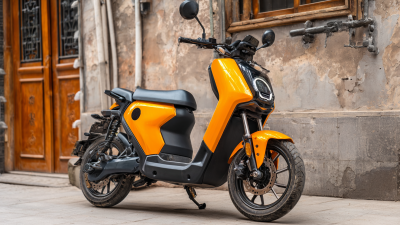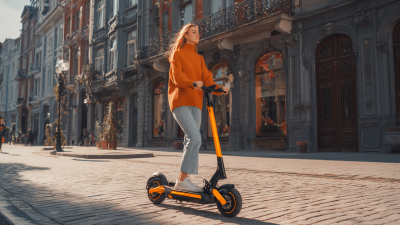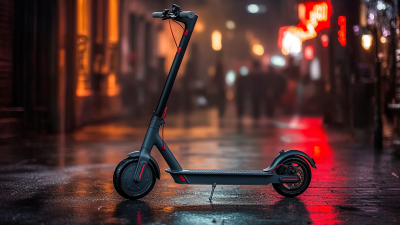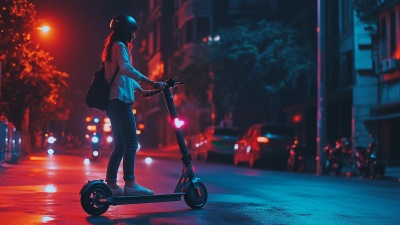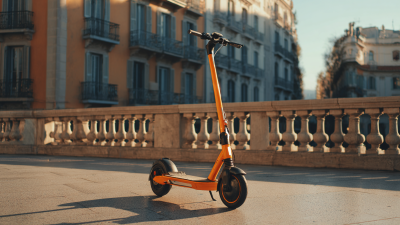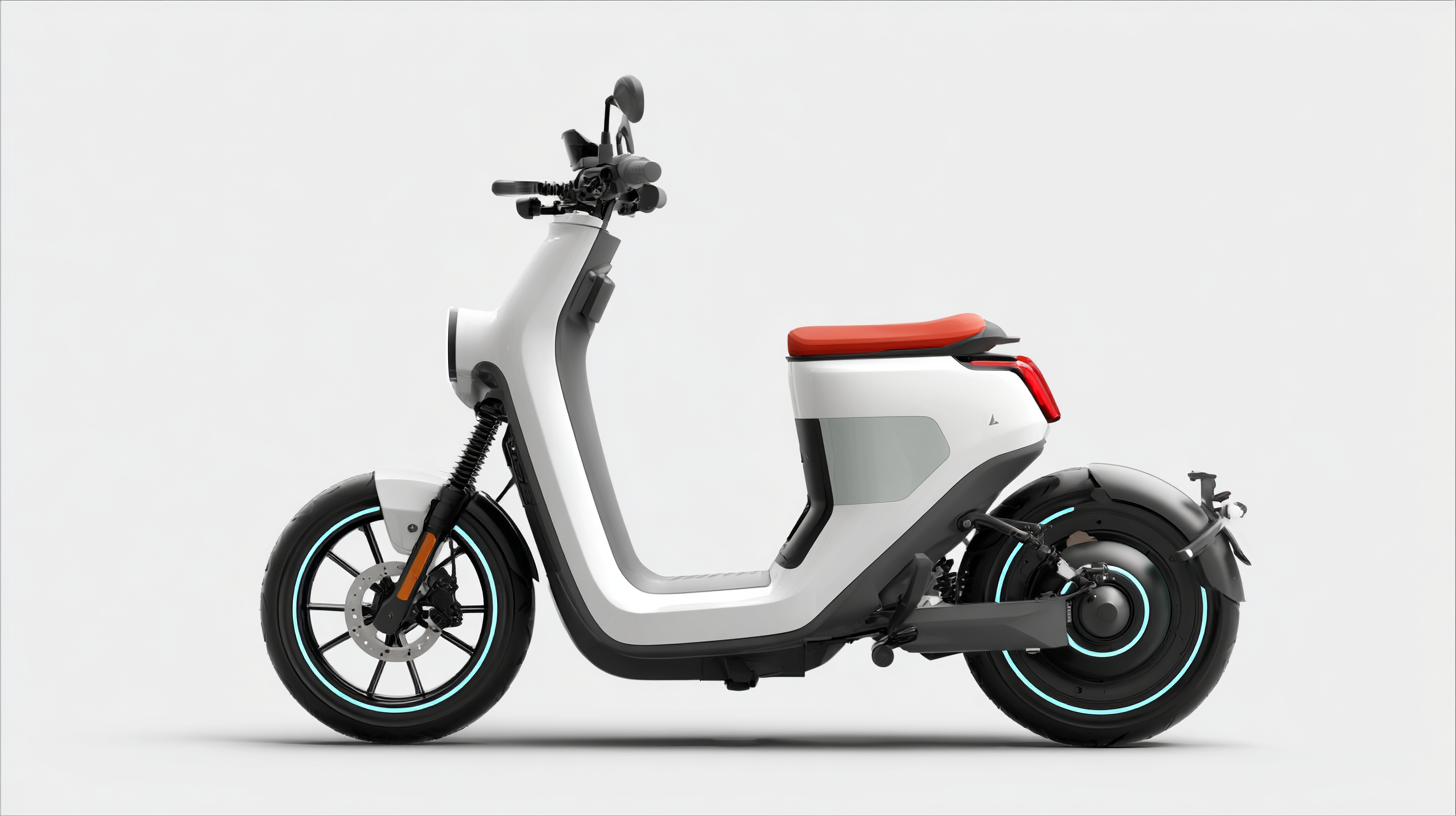 As urban populations continue to swell, the demand for
sustainable and efficient transportation options
has never been more critical. The rise of the
Electric Scooter Bike
is reshaping urban mobility, offering a solution that addresses both
congestion and environmental concerns.
According to a 2022 report from the International Transport Forum,
electric scooter usage in major cities has increased by over
50%
since 2019, highlighting their growing acceptance among commuters.
These innovative vehicles not only provide a
cost-effective alternative
to traditional commuting methods but also contribute to reducing
carbon emissions,
with studies indicating a potential decrease of up to
30%
in urban transport emissions if widely adopted. As cities strive to create
smarter, greener infrastructure,
the Electric Scooter Bike stands out as a pivotal component in the evolution of urban
transport systems, promising convenience, efficiency,
and sustainability for the future.
As urban populations continue to swell, the demand for
sustainable and efficient transportation options
has never been more critical. The rise of the
Electric Scooter Bike
is reshaping urban mobility, offering a solution that addresses both
congestion and environmental concerns.
According to a 2022 report from the International Transport Forum,
electric scooter usage in major cities has increased by over
50%
since 2019, highlighting their growing acceptance among commuters.
These innovative vehicles not only provide a
cost-effective alternative
to traditional commuting methods but also contribute to reducing
carbon emissions,
with studies indicating a potential decrease of up to
30%
in urban transport emissions if widely adopted. As cities strive to create
smarter, greener infrastructure,
the Electric Scooter Bike stands out as a pivotal component in the evolution of urban
transport systems, promising convenience, efficiency,
and sustainability for the future.
The rise of electric scooter bikes in urban environments marks a pivotal shift in how we approach mobility in cities. According to a report from the International Transport Forum, electric scooters can reduce urban traffic congestion by up to 15% if adopted on a large scale. As cities evolve to meet the demands of growing populations, the convenience and efficiency of electric scooter bikes make them a desirable option for short-distance travel.
Furthermore, a comprehensive study by McKinsey & Company reveals that the e-scooter market is projected to reach $50 billion by 2025, driven by an increasing demand for sustainable transportation. With cities like Paris and Los Angeles implementing extensive e-scooter sharing programs, the infrastructure to support this new wave of mobility is gaining momentum. Electric scooter bikes not only lower emissions but also empower users to navigate urban landscapes with ease, reshaping the traditional landscape of urban commuting and fostering a culture of greener travel options.
Electric scooter bikes are making significant strides in urban mobility, offering a transformative approach to commuting. According to a report by the International Transport Forum, micromobility solutions like electric scooters can reduce traffic congestion by up to 20%, making them an essential component of smart city planning. With cities grappling with increasing vehicle emissions and limited parking space, electric scooter bikes provide a nimble, eco-friendly alternative that caters to short-distance travel needs.
To make the most of your electric scooter biking experience, remember these tips: always wear a helmet and follow local traffic rules to ensure your safety. Additionally, familiarize yourself with the best routes in your area to avoid busy streets and maximize your riding efficiency. As more users embrace this mode of transport, the potential benefits extend beyond individual convenience to include cleaner air and reduced noise pollution.
With electric scooter bikes being both accessible and affordable, they encourage a shift toward sustainable living. Industry analysis indicates that by 2025, the electric scooter market is projected to grow to $41 billion, demonstrating their rising popularity and critical role in shaping the future of urban commuting.
The electric scooter revolution is profoundly influenced by technological innovations that are reshaping urban mobility. With advancements such as sodium-ion batteries, which are set to power a significant portion of China's electric scooters by 2030, the landscape of personal transportation is changing drastically. This new battery technology offers a viable alternative to traditional lithium-ion systems, making electric scooters more efficient and sustainable. As these innovations take hold, we anticipate a heightened demand for electric scooters that cater to eco-conscious consumers and urban dwellers seeking convenient transit solutions.
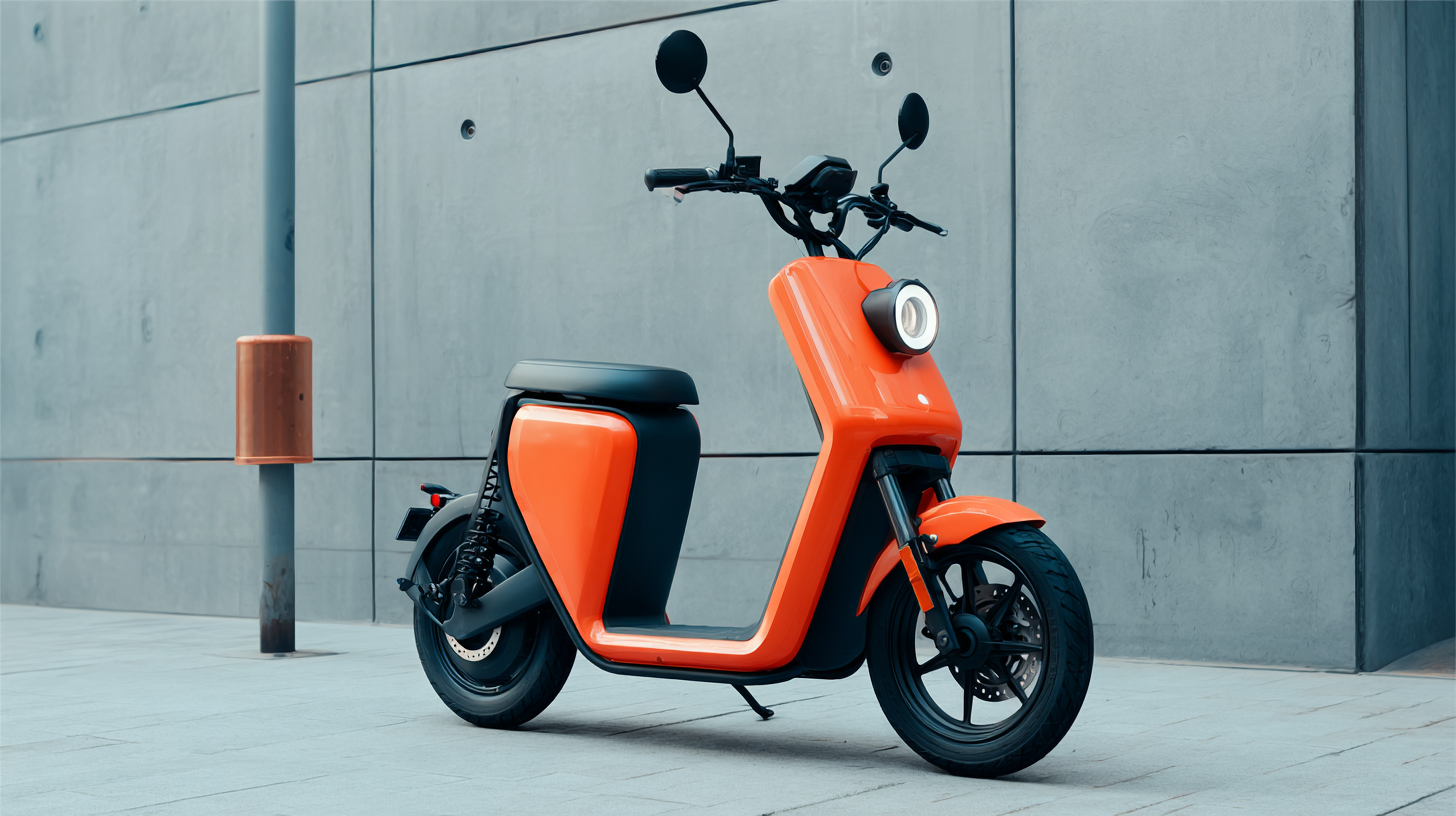
Moreover, companies are increasingly focusing on integrating artificial intelligence and advanced features into electric scooters. A prime example of this trend is the newly unveiled e-scooter platforms that enhance the riding experience through smarter connectivity and improved performance metrics. As urban areas continue grappling with congestion and air pollution, these technological advancements create new opportunities for efficient mobility solutions, ultimately promoting the adoption of electric scooters as a mainstream mode of transport. The amalgamation of cutting-edge technology and practical design is not only revolutionizing personal transportation but also catalyzing a shift towards greener urban environments.
As cities grow increasingly congested, the need for sustainable urban mobility solutions has never been more critical. Electric scooter bikes are emerging as a viable alternative to traditional transportation methods, reducing dependence on fossil fuels and lowering carbon emissions. With their compact design and ability to navigate through traffic, these bikes not only provide an efficient means of transport but also contribute to cleaner air and quieter urban environments.
Moreover, the integration of electric scooter bikes into existing transportation networks encourages a shift toward greener commuting habits. Public and private partnerships are vital in establishing a robust infrastructure that supports charging stations and designated riding paths. Additionally, the affordability and convenience of scooter-sharing programs make them accessible to a broader population, promoting eco-friendly travel choices. As urban areas continue to evolve, embracing electric scooter bikes will be crucial in creating sustainable mobility ecosystems that prioritize environmental responsibility while meeting the demands of urban dwellers.
| Dimension | Description | Data |
|---|---|---|
| Average Speed | Average speed of electric scooters in urban areas | 15 km/h |
| Range | Average travel distance on a single charge | 40 km |
| Energy Consumption | Energy used per kilometer | 0.15 kWh/km |
| CO2 Savings | Estimated CO2 emissions saved compared to cars | 80% reduction |
| Cost | Average cost of charging an electric scooter | €0.01 per km |
| Utilization Rate | Average daily use per scooter | 3 rides per day |
| User Satisfaction | Percentage of users satisfied with electric scooters | 85% |
As electric scooter bikes become increasingly popular in urban areas, they bring forth a host of safety and infrastructure challenges that need to be addressed. One of the primary concerns revolves around the integration of these vehicles into existing traffic systems. Many cities are ill-equipped with the appropriate infrastructure, such as dedicated lanes and parking spaces, leading to a chaotic blend of scooters, bicycles, and motor vehicles. This situation heightens the risk of accidents, particularly for inexperienced riders who may not be familiar with local traffic rules.
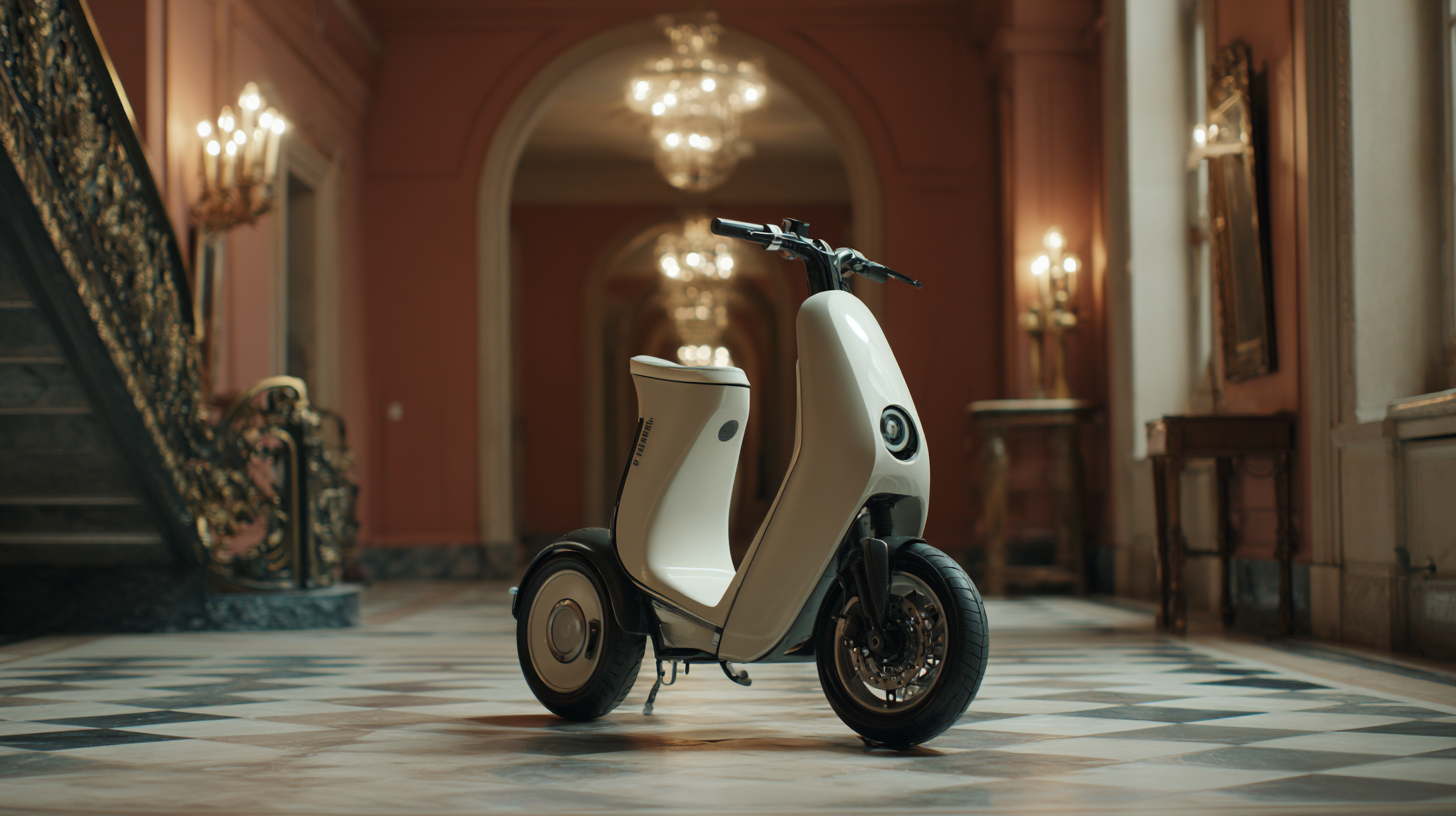
Additionally, the proliferation of electric scooter bikes places an emphasis on the need for improved safety measures. Riders must be educated on proper usage, including the importance of wearing helmets and following traffic signals. City planners and policymakers are tasked with creating regulations that not only ensure the safety of scooter users but also protect pedestrians and other road users. As urban environments evolve, fostering collaboration between scooter companies, local governments, and the community will be vital in shaping a safe and efficient mobility ecosystem.

